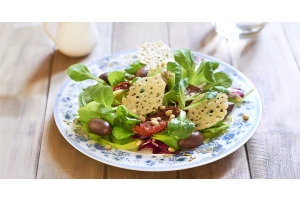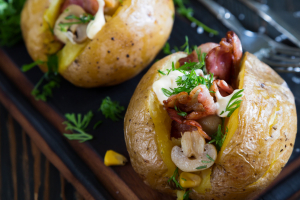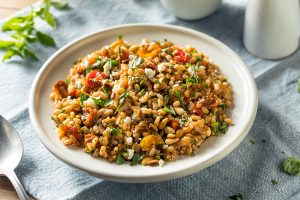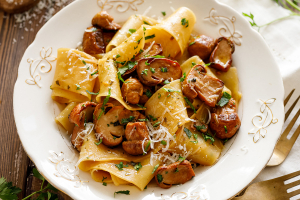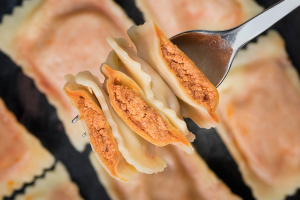Calabrian traditions: the dried figs
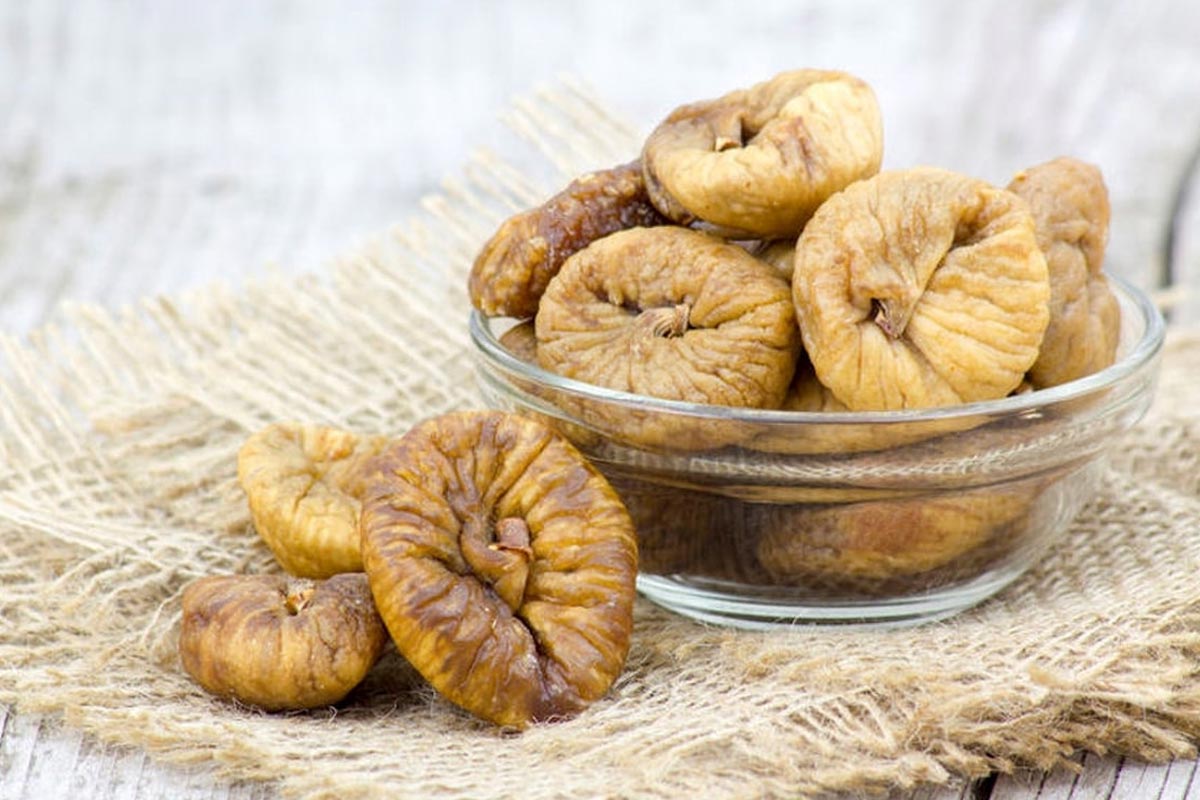
In Calabria, dried figs are unmissable food for a true Christmas dinner table. Dried figs are produced mainly in Cosenza where the conditions are ideal and suitable to plant fig tree.
The most common type of fig is Dottato. It received the DOP label in 2006 and is characterized by its plumpness with very few seeds and its pleasant sweetness.
Calabria dried figs: the origins
The high quality of Calabrian figs is also appreciated by abbot Gioacchino da Fiore, who in the 12th century was charmed by their sweetness, perfection and beautiful colours.
Figs have many benefits: they are excellent for reducing symptoms of fatigue as they are highly nutritious and rich in mineral salts, vitamin C and A, fiber and easily digestible. Consuming dried figs, therefore, means maintaining a healthy body even during the winter period.
Figs are usually baked and then packaged in different ways. A common way of packing in Calabria is the braids in which dried figs are put in two sticks forming a real braid.

Dried figs are also used in the preparation of delicious cakes stuffed with dried fruit, chocolate, and spices. In Calabria, recipes of these specialities are handed down from generation to generation.
Dried figs, usually stuffed with almonds, walnuts or citrus fruits have been included in the national list of Traditional Agri-Food Products (PAT) by the Ministry of Agriculture, Food and Forestry Policies.
The method of drying figs and stuffing them with dried fruit originates from ancient times and can be traced back to Roman periods.
How to eat Calabrian dried figs
In addition to the classic stuffed figs, in Calabria, there are also the crocette and the nocchette versions.

It seems like the preparation of crocette figs also dates back long time ago. Probably it was the nuns who, during the Middle Ages, gave it the typical cross shape in order to add religious meaning to the recipe.
Like stuffed figs, to prepare crocette version, figs are opened in half leaving the part of the petiole and are stuffed with almonds, walnuts or citrus peel depending on where they are produced. Once stuffed, the figs are then placed in a cross shape, two below and two above.
To satisfy even the sweetest tooth, there are figs covered in chocolate (milk, white or dark) or flavoured with liqueurs or honey.

